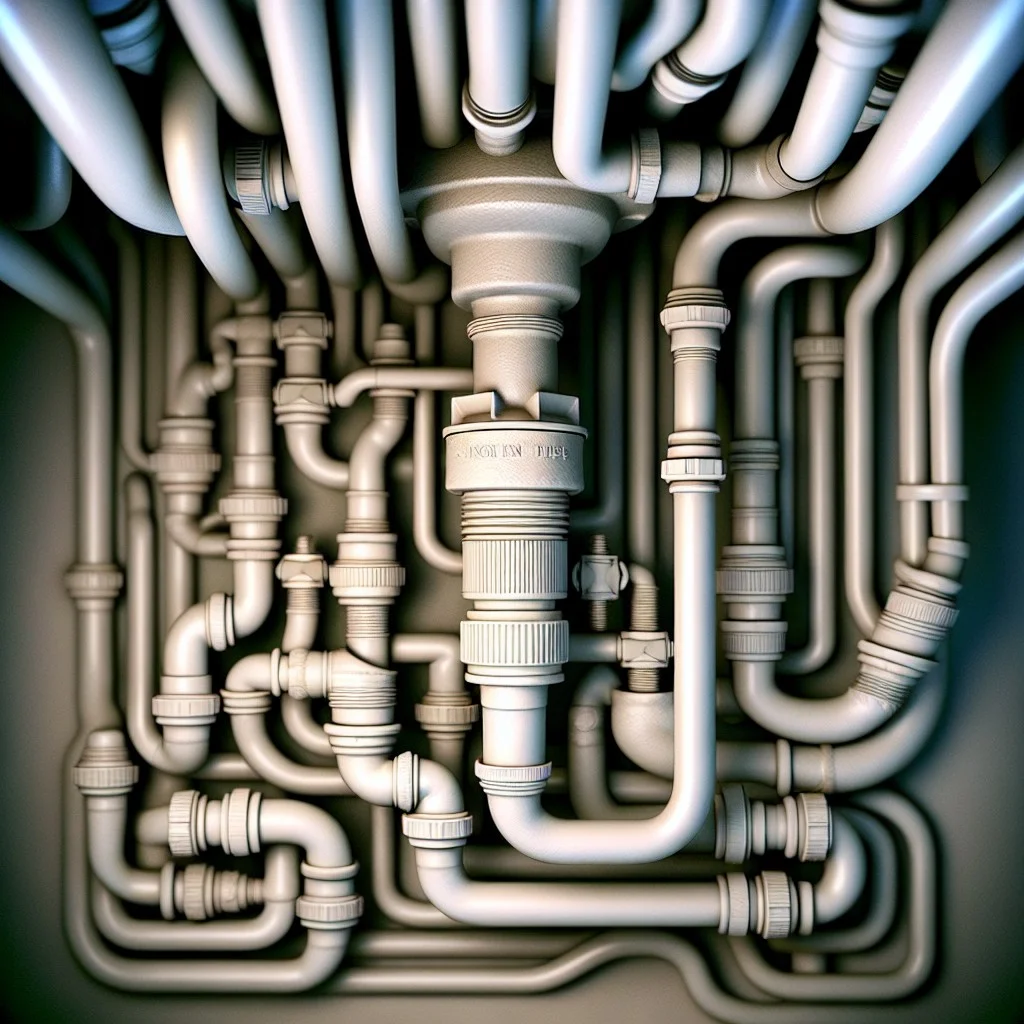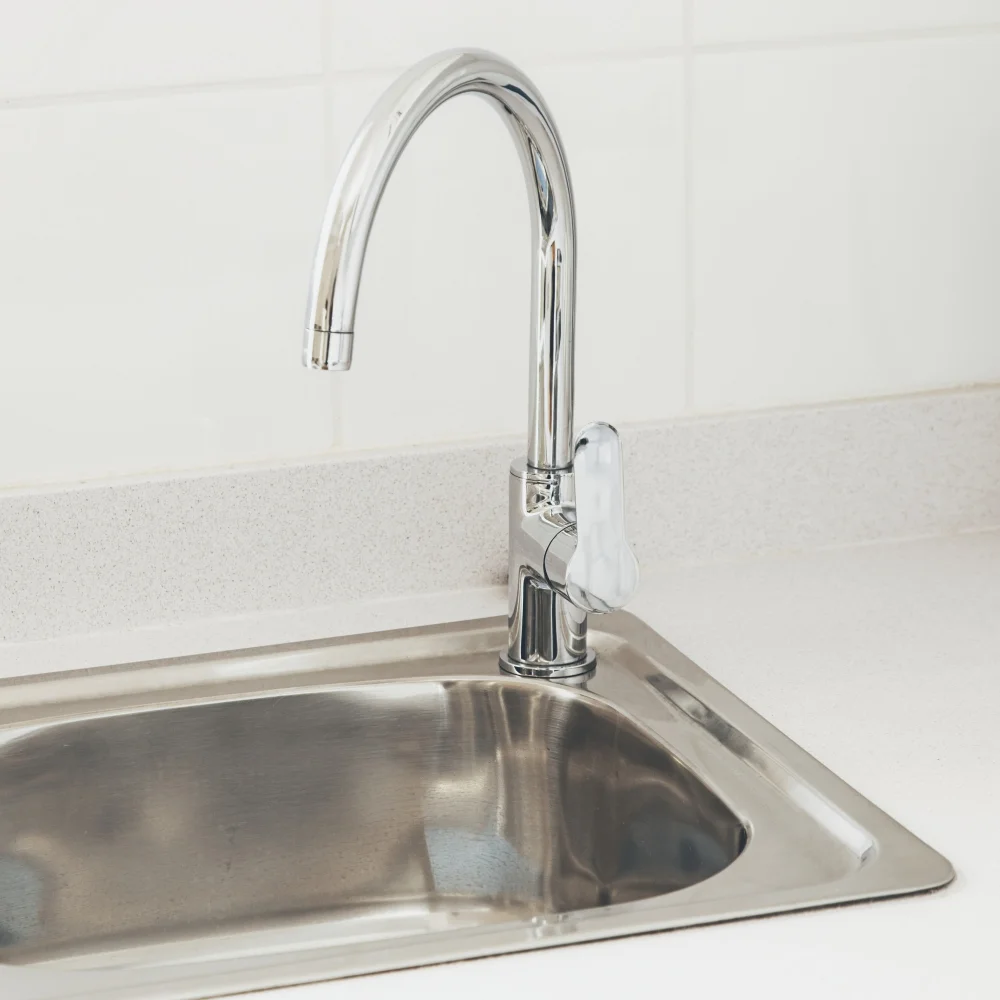Last updated on
Discover the truth behind whether bathroom tap water shares the same qualities as kitchen tap water in this eye-opening exploration.
Have you ever wondered whether the water that comes out of your bathroom tap is the same as the one in your kitchen? It’s a common question that many homeowners ask themselves, and for good reason. After all, we use water for various purposes in our homes, from cooking and drinking to showering and brushing our teeth.
In this article, we’ll explore whether there is any difference between bathroom tap water and kitchen tap water. So if you’re curious to know whether there’s a distinction between the two taps or not, keep reading!
Key takeaways:
- Bathroom tap water may have a different temperature than kitchen tap water.
- Kitchen tap water is held to a higher quality standard.
- Bathroom taps may have lower pressure and slower flow rates.
- Kitchen tap water is often used for cooking and drinking purposes.
- Filtration systems can remove impurities from tap water.
What's Inside
Origins of Tap Water

Tap water is a vital resource that we use every day in our homes. But have you ever wondered where it comes from? The origins of tap water can be traced back to natural sources such as rivers, lakes, and underground aquifers.
These sources are then treated by municipal water treatment plants before being distributed through pipes to our homes.
The quality of the tap water we receive depends on various factors such as the source’s location and how well it’s been treated. In some cases, groundwater may contain minerals or other contaminants that affect its taste or odor.
It’s important to note that while bathroom and kitchen taps both draw from the same source, there may still be differences in their quality due to variations in plumbing systems within your home.
Water Treatment Process
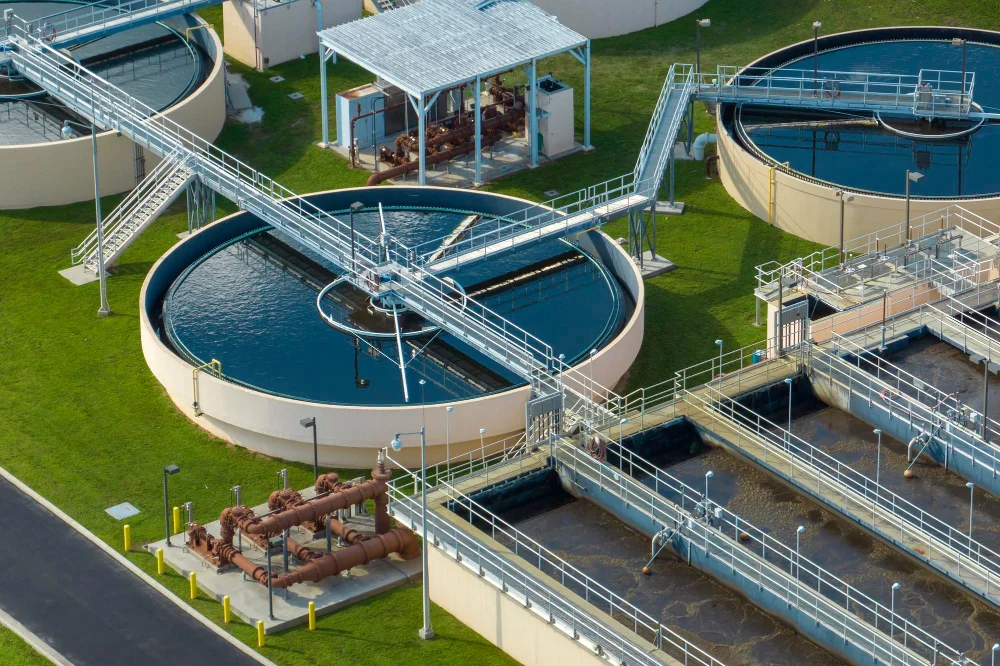
The treatment process involves several stages, including coagulation and flocculation, sedimentation, filtration and disinfection. During the coagulation stage of the water treatment process, chemicals are added to the water supply to help remove impurities such as dirt and debris.
Afterward comes flocculation where tiny particles clump together forming larger particles that can be easily removed through sedimentation.
Sedimentation is when these large particles settle at the bottom of a tank or basin before being filtered out in subsequent stages of purification. Filtration removes any remaining impurities from the water by passing it through layers of sand or other materials designed to trap contaminants.
Finally comes disinfection which kills any remaining bacteria or viruses present in tap water using chlorine-based chemicals like chloramine or chlorine dioxide.
Understanding the Water Delivery System
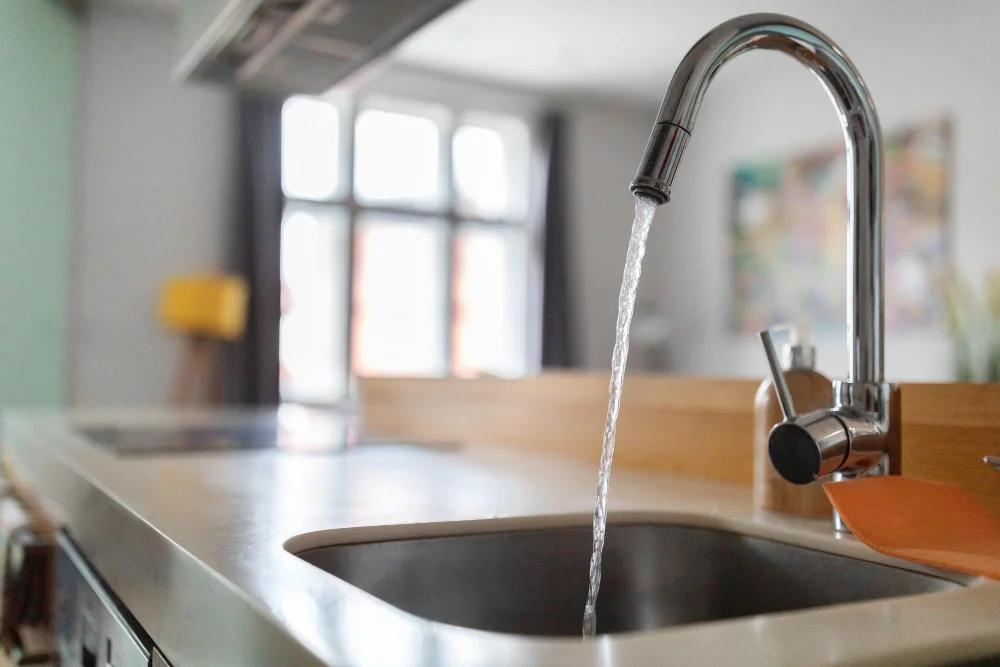
The municipal or local government supplies most homes with treated and disinfected drinking water through a network of pipes that run underground. These pipes are responsible for delivering clean and safe drinking water to your home.
Once inside your house, there are two main systems that distribute this potable (drinkable)water: one for cold-water supply and another for hot-water supply. Both systems work together in harmony to provide you with running hot or cold tap water whenever you need it.
The plumbing system in your home plays an important role in ensuring that both bathroom and kitchen taps receive equal amounts of pressure from the incoming mains supply line. However, some differences exist between these two types of taps due to their location within a building’s plumbing layout.
Plumbing Systems Differences
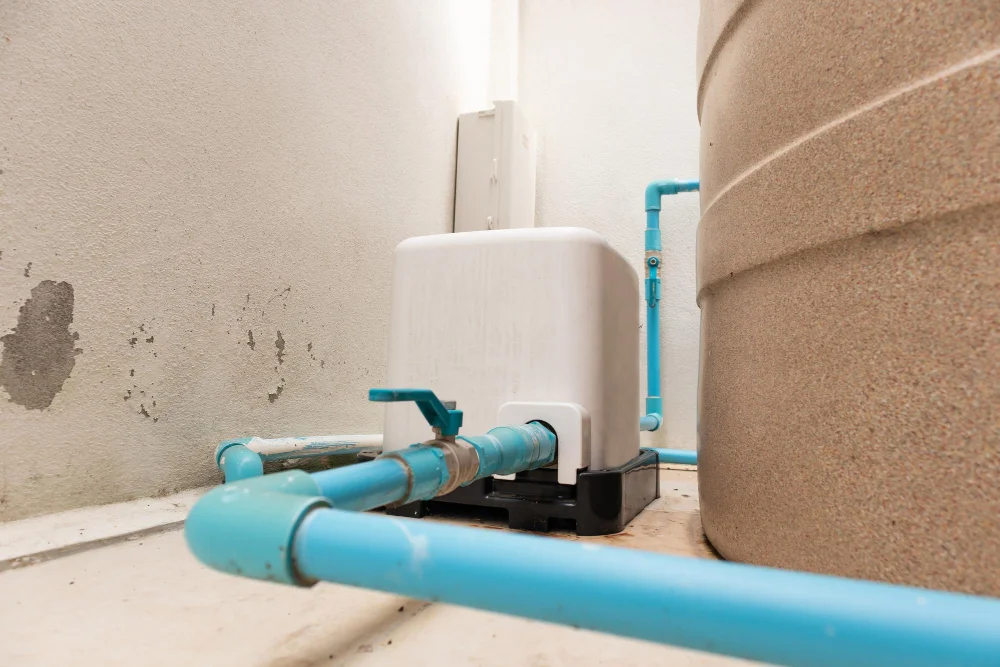
The plumbing systems for each room have different designs that can affect the quality of water you receive.
For instance, bathroom taps are usually connected to a smaller pipe than those in the kitchen. This means that less water flows through them at any given time, which can result in lower pressure and slower flow rates.
Some homes may have separate pipes leading to each room’s faucets. In this case, it’s possible for one area of your home to experience issues with its plumbing system while another remains unaffected.
Understanding these differences is crucial when assessing whether or not there is a difference between bathroom tap water and kitchen tap water.
Differences Between Bathroom and Kitchen Tap Water

Firstly, the water that comes out of your bathroom faucet may have a different temperature than what you get from your kitchen sink. This is because hot water is typically supplied by a separate pipe in most homes, which means that it can take longer for hot water to reach your bathroom compared to the kitchen.
Another difference between these two taps lies in their intended use. Kitchen tap water is often used for cooking and drinking purposes while bathroom tap water tends to be used more for hygiene-related activities such as washing hands or brushing teeth.
Some homeowners might notice differences in pressure when using their taps depending on where they’re located within their home’s plumbing system. For example, if you live on an upper floor of an apartment building or house with multiple levels then you may experience lower pressure when using your upstairs’ bathrooms compared with downstairs ones due mainly because of gravity.
Water Quality Comparison
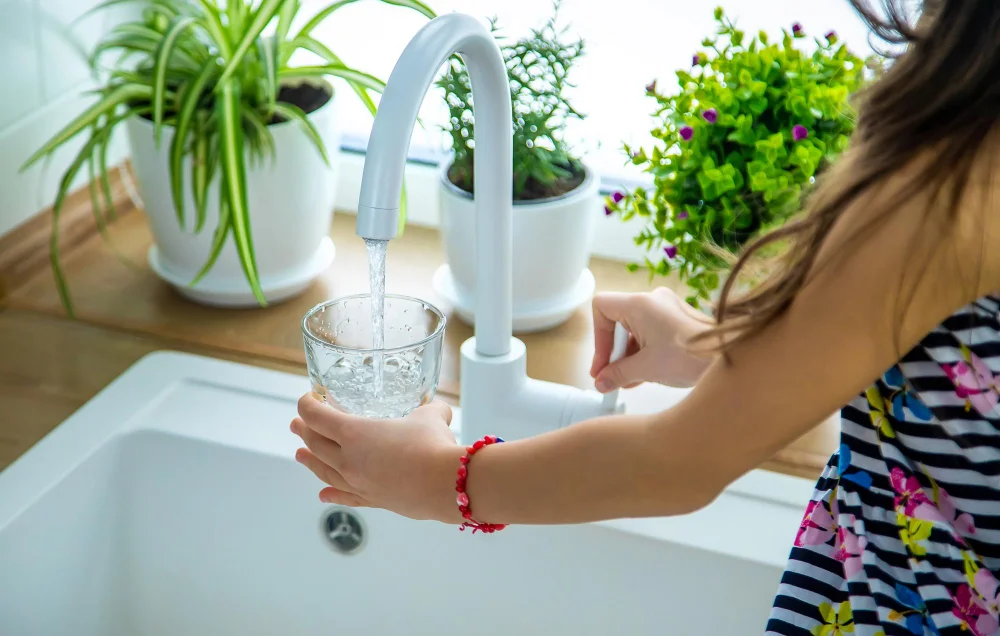
These include the source of the water, treatment processes used, and delivery systems. While bathroom tap water is generally safe for most uses such as showering or washing hands, kitchen tap water is held to a higher standard due to its use in cooking and drinking.
Kitchen tap water undergoes more rigorous testing than bathroom tap water because it’s intended for consumption. The Environmental Protection Agency (EPA) sets strict standards for drinking-water quality under the Safe Drinking Water Act (SDWA).
This means that your kitchen faucet must meet certain criteria before you can safely drink from it.
However, this doesn’t mean that bathroom taps deliver poor-quality or unsafe drinking-water; they’re just not subject to as much scrutiny since they’re not primarily designed for human consumption purposes like kitchens’ faucets are.
Water Pressure Variability
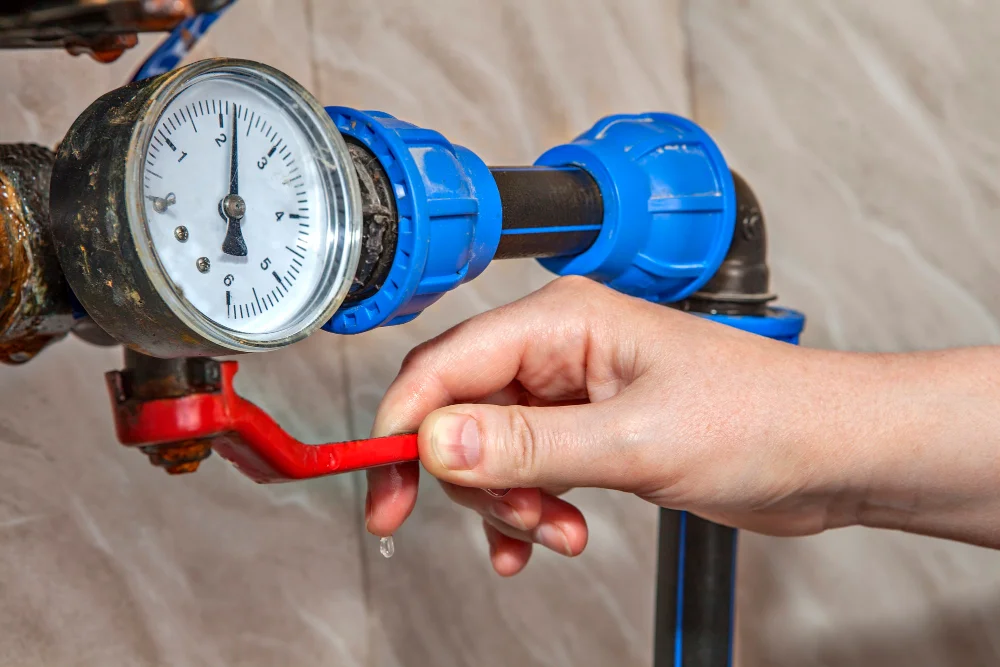
The water pressure in your home can vary depending on several factors, including your location, time of day, and demand for water in your area. In general, you may notice that the water pressure is higher in your kitchen than it is in your bathroom.
This difference can be attributed to a few reasons. Firstly, kitchens are typically located closer to where the main supply enters a house or apartment building compared to bathrooms which are usually further away from this point.
Secondly, many homes have separate pipes for hot and cold-water supplies with different diameters leading into each room; these variations could also affect how much force comes out when turning on taps.
It’s important to note that low-pressure issues may not always be related solely to distance or pipe size but could indicate an underlying problem such as clogged pipes or leaks within plumbing systems.
Water Temperature Differences
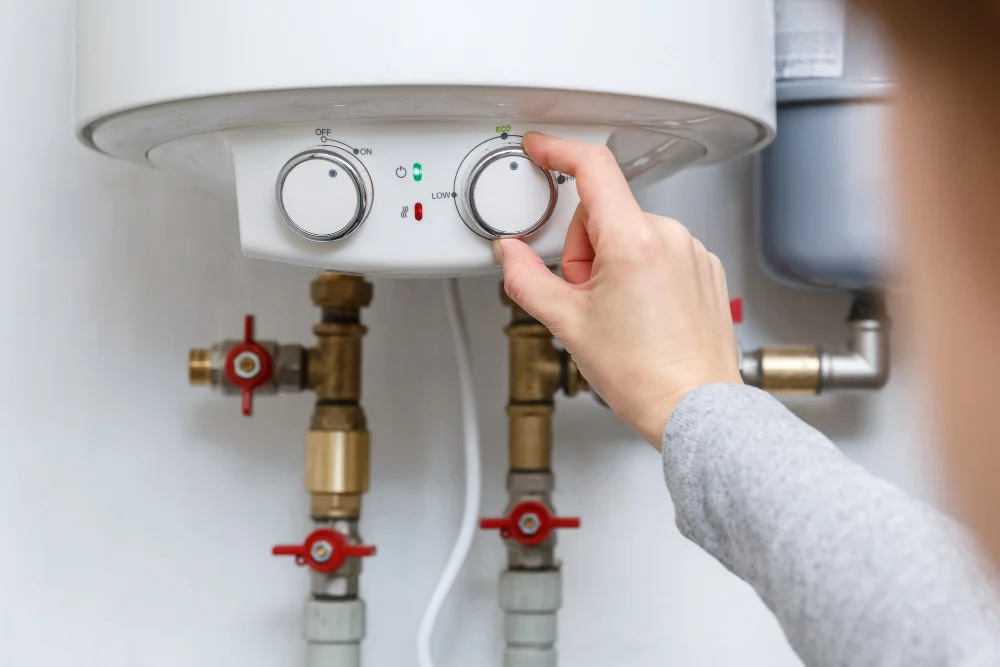
In general, bathroom tap water tends to be colder than kitchen tap water. This is because hot water takes longer to reach your bathroom sink due to its distance from the hot water heater.
The temperature difference can also vary depending on how old your plumbing system is and whether it’s properly insulated or not. If you have an older home with outdated pipes, you may notice a more significant difference in temperature between your two taps.
It’s worth noting that while cold temperatures are generally safe for drinking purposes, warm or hot temperatures can promote bacterial growth in stagnant waters such as those found in showerheads or faucets that aren’t used frequently enough.
To ensure optimal safety when using either type of tap for drinking purposes, always let cold-water run for at least 30 seconds before filling up a glass or container with it. This will help flush out any potential contaminants that may have accumulated within the pipes over time.
Drinking Water Regulations

The Environmental Protection Agency (EPA) sets national standards for drinking water quality and oversees the implementation of these standards by state governments. These regulations apply to all public water systems, including those that supply both bathroom and kitchen tap water.
The Safe Drinking Water Act (SDWA) was enacted in 1974 with the goal of protecting public health by regulating the nation’s public drinking-water supply. Under this act, all community or non-transient non-community systems must comply with specific requirements regarding monitoring, treatment techniques, reporting procedures as well as other provisions aimed at ensuring clean potable tap waters.
It’s important to note that while these regulations help protect our health from potential contaminants found in our tap waters; they do not guarantee a hundred percent safety against every possible contaminant out there.
Plumbing Regulations and Water Quality Standards
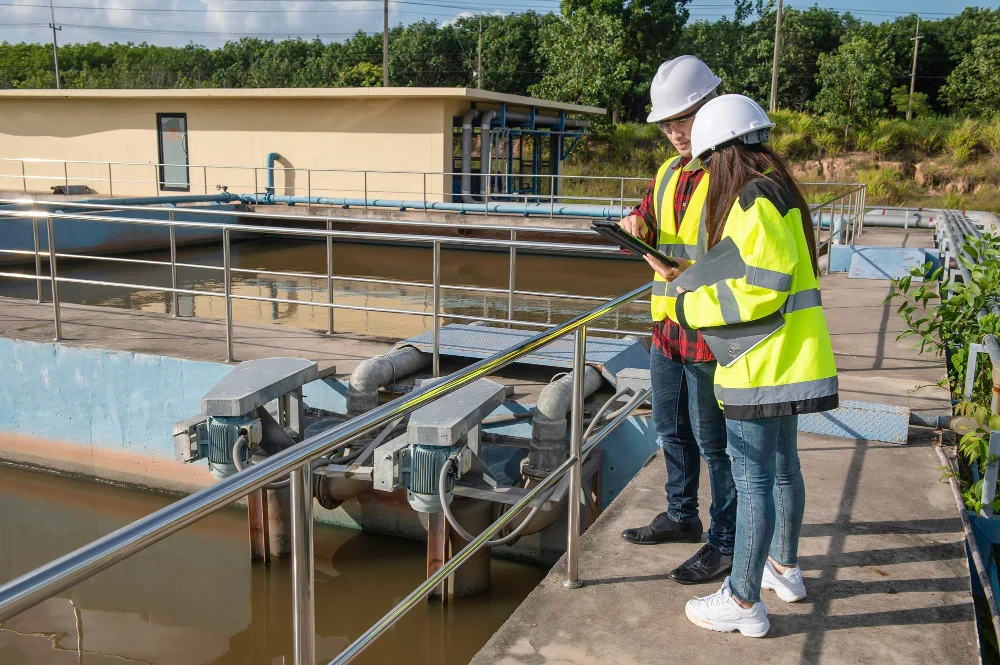
The EPA sets standards for drinking water quality to ensure that it’s safe for human consumption. These regulations apply to all public water systems, which are responsible for delivering clean and safe drinking water to homes across the country.
In addition to federal regulations, many states have their own laws governing plumbing systems and ensuring that they meet certain safety standards. For example, some states require regular testing of private wells or mandate specific types of plumbing materials be used in new construction projects.
It’s important to note that while these regulations help protect consumers from harmful contaminants in their tap water supply, they don’t guarantee perfect purity levels at all times. Homeowners should still take precautions such as installing filtration systems or regularly testing their tap water if they’re concerned about its quality.
Kitchen Tap Water Uses

One of the most common uses of kitchen tap water is cooking. Whether you’re boiling pasta or making soup, having access to clean and safe water from your kitchen sink can make all the difference in your meal preparation.
Another use for kitchen tap water is washing dishes. While some people prefer to use a dishwasher, others still wash their dishes by hand using hot soapy water from their sink faucet.
In this case, having high-quality and contaminant-free tap water can help ensure that your dishes are thoroughly cleaned.
Many people also drink directly from their kitchen taps without giving it a second thought. However, as we’ll explore later on in this article – drinking bathroom tap may not be as safe as drinking filtered or bottled waters due to potential contaminants present within the plumbing system.
Bathroom Tap Water Uses

While it may seem like bathroom tap water is not as important as kitchen tap water since we don’t consume it directly in most cases; however, its quality can still have an impact on our health.
For instance, if you use hot water from the bathroom sink to make tea or coffee in the kitchen later on without boiling it first (which many people do), any contaminants present in that hot water could end up being ingested. When you take a shower with contaminated bathroom tap water containing harmful chemicals such as chlorine or lead – these substances can be absorbed through your skin pores.
Potential Contaminants
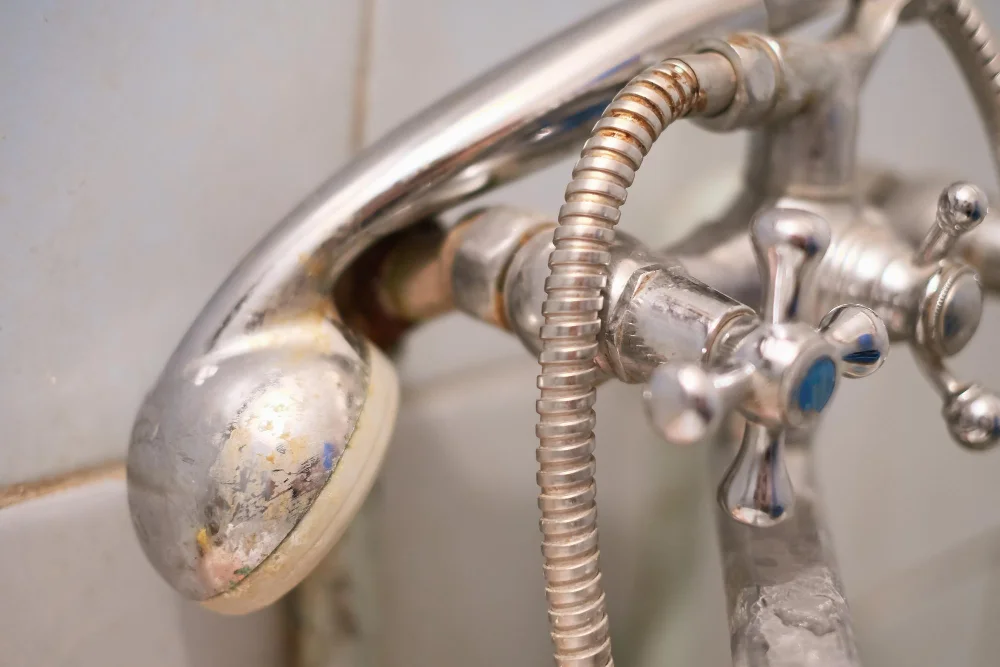
These can come from various sources such as the environment, old pipes or even the treatment process itself. Some common contaminants found in tap water include lead, chlorine, pesticides and bacteria.
While both bathroom and kitchen taps are connected to the same supply line that delivers treated water into your home’s plumbing system, some factors may affect their quality differently. For example, if you have older pipes in your bathroom compared to those in your kitchen that could be a source of contamination.
It’s important to note that not all contaminants pose an immediate health risk; however long-term exposure can cause serious health problems such as cancer or neurological disorders. Therefore it is essential for homeowners to take measures like installing filtration systems or regularly testing their drinking water for any harmful substances.
Health Risks Associated With Drinking Bathroom Tap Water

This is because the quality of bathroom tap water can vary depending on several factors such as the age of your plumbing system, location, and treatment process. Drinking contaminated or untreated water from your bathroom faucet can pose health risks that could lead to serious illnesses.
One potential risk associated with consuming unfiltered or untreated bathroom tap water is exposure to harmful chemicals such as chlorine and fluoride used in the treatment process. These chemicals are added in small amounts to kill bacteria and other microorganisms present in the water supply but may have adverse effects on human health when consumed over time.
Another concern with drinking unfiltered or untreated bathroom tap water is exposure to heavy metals like lead which can leach into your home’s plumbing system from old pipes. Lead poisoning has been linked with developmental delays, learning difficulties, behavioral problems especially among children who are more vulnerable than adults.
Filtration Systems
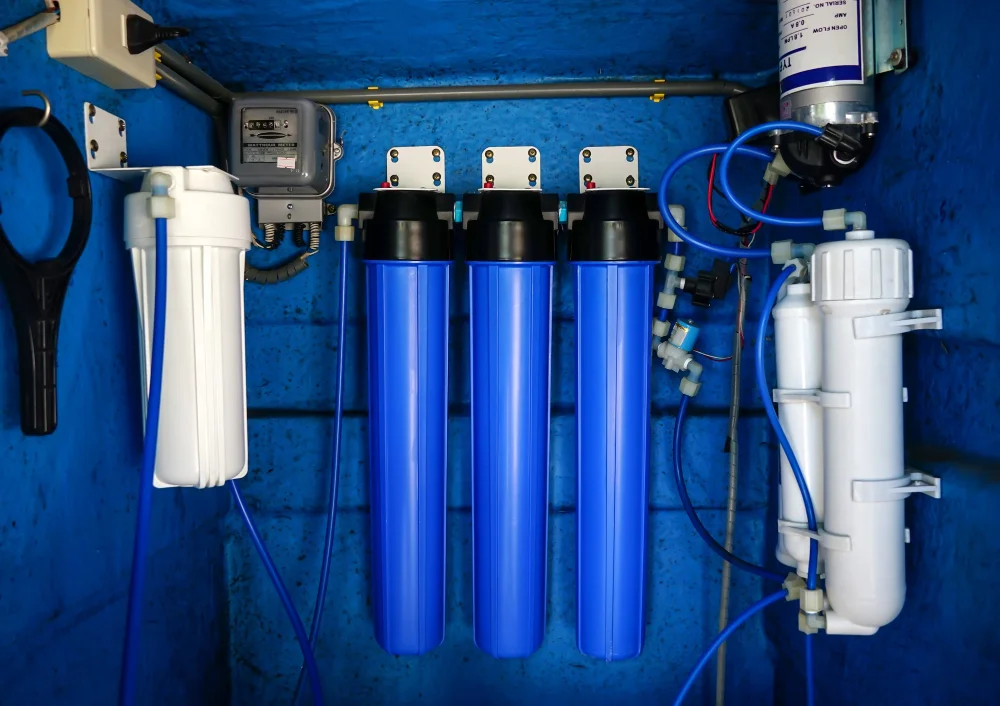
Filtration systems are designed to remove impurities, such as chlorine, lead, and bacteria from the water supply. There are several types of filtration systems available on the market today, including activated carbon filters and reverse osmosis filters.
Activated carbon filters work by trapping contaminants in their pores while allowing clean water to pass through. These types of filters can effectively remove chlorine taste and odor from tap water but may not be effective against all contaminants.
Reverse osmosis (RO) filtration systems use a semi-permeable membrane that removes up to 99% of dissolved solids in the water supply. This type of filter can effectively remove heavy metals like lead or arsenic along with other harmful substances like fluoride or nitrates.
When choosing a filtration system for your home’s taps it’s important first to test your tap waters’ quality so you know what kind of filter will best suit your needs. .
While bathroom tap water may share some similarities with kitchen sink faucet output regarding its source; there could be differences between them when it comes down specifically about their quality due mainly because they serve different purposes within our homes plumbing infrastructure.
Choosing the Right Water Filter for Your Home

With so many options available on the market today, it can be challenging to know which one is right for your home. When choosing a water filter system, consider factors such as filtration capacity and type of contaminants removed.
Activated carbon filters are among the most popular types of filters used in homes because they effectively remove chlorine and other chemicals that affect taste and odor. Reverse osmosis systems are another option that removes impurities like lead and arsenic from drinking water.
It’s also essential to consider how much filtered water you need daily when selecting a filtration system. Some models attach directly to faucets or refrigerators while others require installation under sinks or in basements.
Ultimately, choosing the right filter depends on your specific needs as well as budget constraints.
Best Practices for Maintaining Water Quality
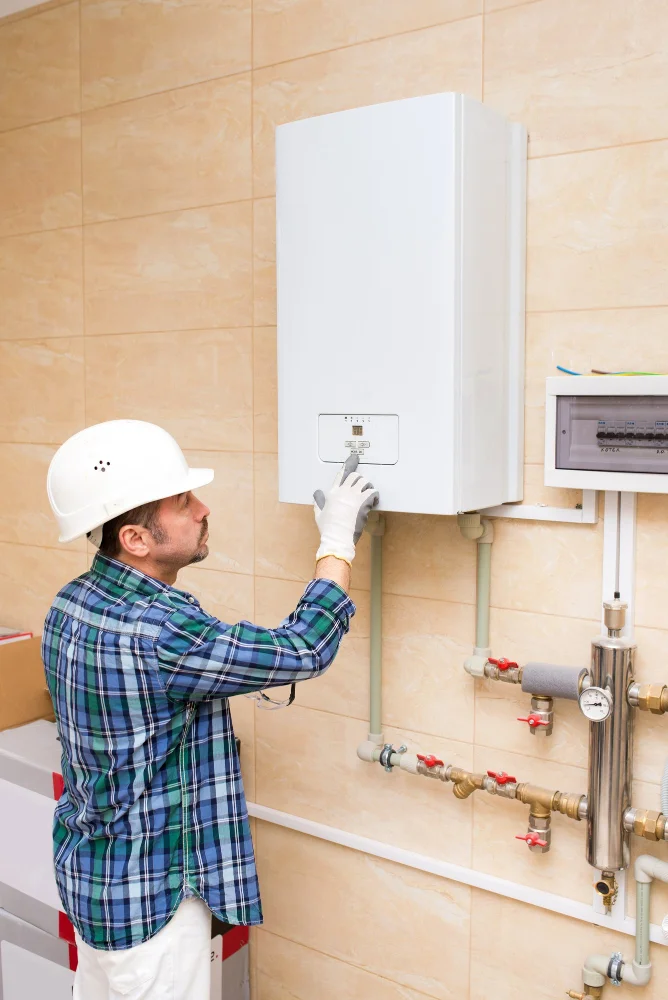
Here are some best practices for maintaining high-quality tap water:
1. Regularly clean your taps: Over time, mineral deposits can build up on the inside of your taps, which can affect the taste and quality of your tap water.
To prevent this from happening, it’s important to regularly clean all faucets in your home.
2. Check for leaks: Leaks not only waste precious resources but also create an environment where bacteria can grow and contaminate the surrounding area.
3. Replace old pipes: Old pipes may contain lead or other harmful substances that could leach into drinking water over time.
4. Install a filtration system: Filtration systems remove impurities such as chlorine, sediment particles or heavy metals from tap waters making them safer to drink.
Recommendations for Safe Use
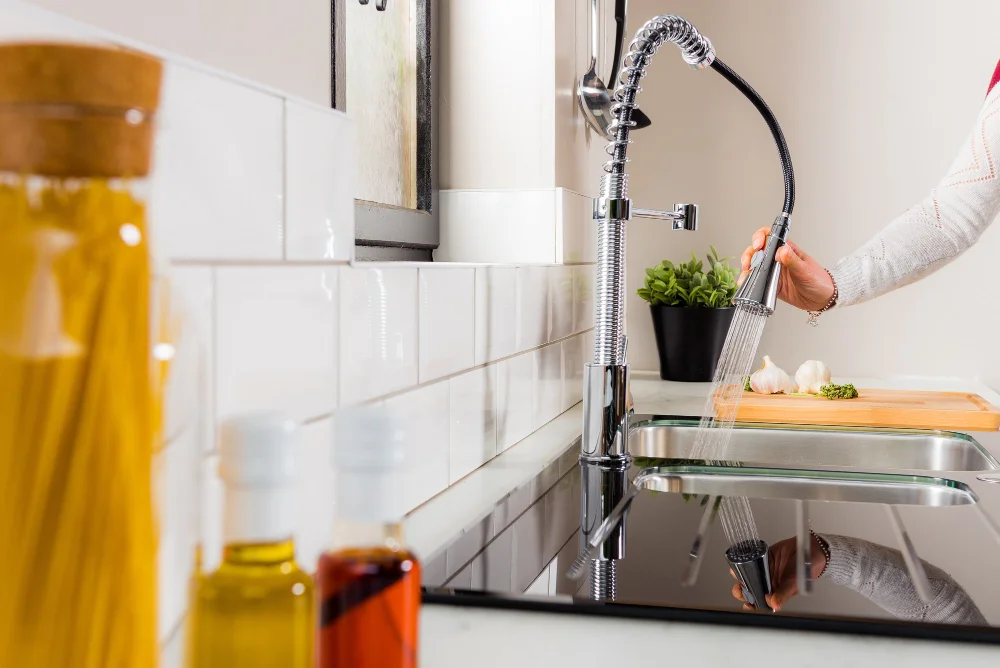
Firstly, always run the tap for a few seconds before using it for drinking or cooking purposes. This helps flush out any stagnant water that may have been sitting in the pipes and reduces the risk of contamination.
Secondly, if you’re concerned about potential contaminants in your tap water, consider investing in a filtration system. There are various types available on the market that can remove impurities such as chlorine and lead from your drinking water.
Lastly, be mindful of how you use bathroom tap water versus kitchen tap water. While both sources come from the same supply line and undergo similar treatment processes, bathroom taps may be more prone to bacterial growth due to their infrequent usage compared with kitchen taps.
FAQ
Is the water in the bathroom the same as the water in the kitchen?
No, the water in the bathroom is not the same as the water in the kitchen, as bathroom water is usually stored in a loft tank while kitchen water comes directly from the mains.
Is it OK to drink water from bathroom tap?
It is best to avoid drinking water from a bathroom tap due to various safety concerns, and instead, opt for bottled water or from a kitchen tap.
Is there a difference between bathroom tap and kitchen tap?
Yes, the difference between bathroom and kitchen taps is that kitchen taps are larger, have a U-shaped swivel spout, and are designed exclusively for use with a kitchen sink.
Why does bathroom water taste different than kitchen water?
Bathroom water tastes different than kitchen water because it sits longer in metallic pipes, leading to a more stale and metallic taste compared to the frequently used and often non-metallic kitchen pipes.
Are there any health risks associated with drinking water from the bathroom tap instead of the kitchen tap?
There may be health risks associated with drinking water from the bathroom tap instead of the kitchen tap, due to potential differences in water quality and contamination.
Can the plumbing system impact the quality of water between the bathroom and kitchen taps?
Yes, the plumbing system can impact the quality of water between the bathroom and kitchen taps.
Is there a difference in water filtration processes between bathroom and kitchen taps within a home?
Typically, no significant difference exists in water filtration processes between bathroom and kitchen taps within a home.
Continue reading:
